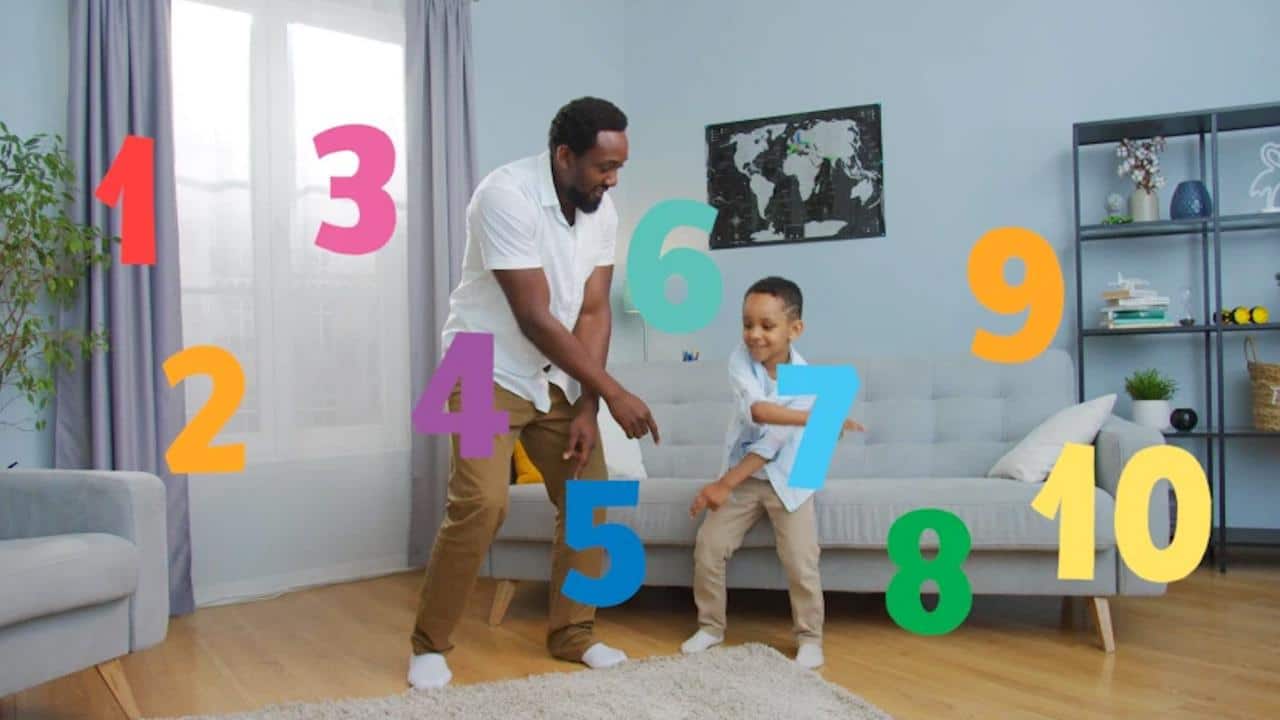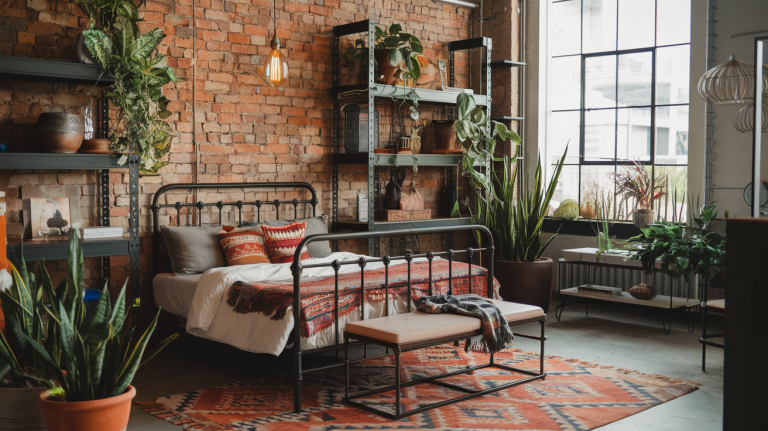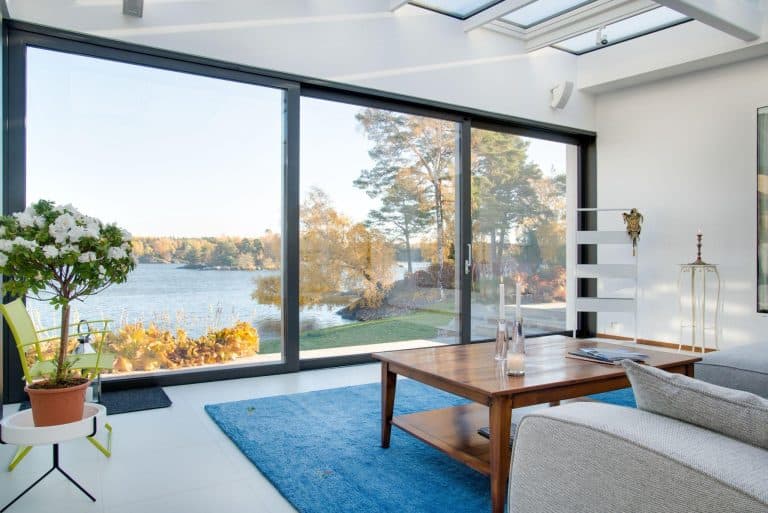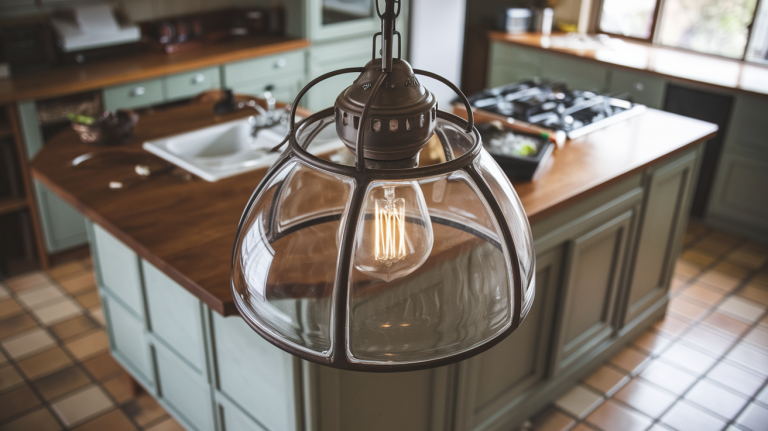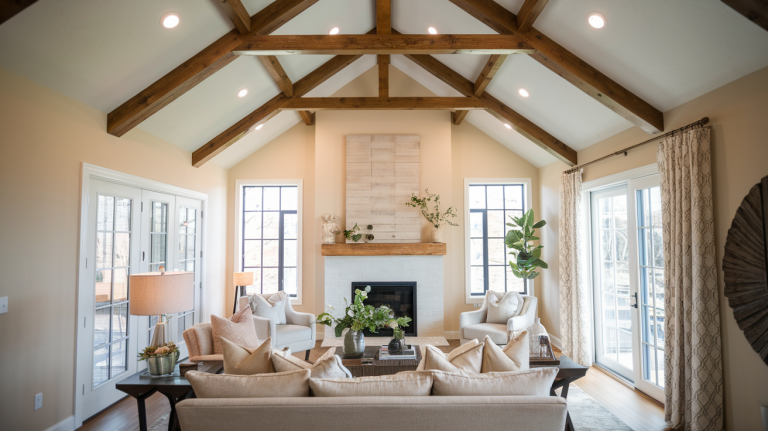Spacing Rules: How to Use Math for Comfortable Living Areas
Let’s talk about space. Not the stars or Elon Musk territory, but the kind of space you bump into when your knees hit a coffee table. That space—the one you live in, breathe in, fumble around looking for the remote in—is more mathematical than you think. Designing living areas isn’t just about taste, it’s about ratios, measurements, and yes, numbers.
You don’t need a degree in architecture. What you need is to respect the silent laws of spatial logic. Because math? Math can make your couch feel like it belongs exactly where it is.
Living Areas Are Not Just Rooms
They are ecosystems.
A living area isn’t just four walls and furniture. It’s a choreography of movements, pauses, and eye-level alignments. A well-designed space lets you walk without detouring, sit without adjusting, and breathe without clutter. That’s not feng shui. That’s spacing science.
And this science has numbers.
Did you know? According to the National Association of Home Builders, the average size of a U.S. living room is about 340 square feet. But size means nothing without proper spacing.
Imagine 340 square feet packed edge-to-edge with furniture—claustrophobia with upholstery.
Rule of 3 Feet: Breathing Room Is Measured
Let’s start simple. Between your coffee table and your sofa? 18 inches. Between furniture pieces for walking space? 30–36 inches minimum.
Yes. Three feet of clearance is your best friend. Why? Because it’s the minimum width for a comfortable pass-through. Anything less and you’re sidestepping like a crab.
Now add in other rules:
- Between a TV and a sofa? Take the diagonal screen size and multiply it by 1.5–2.5. That’s your viewing distance.
- Dining chairs? You’ll want 24 inches of width per person at the table, and 36 inches between the chair and the wall.
If you find it difficult to calculate something or you just want to make sure that the result is correct, use a math solver. Modern photo math solver extension is able to give the result and step-by-step solution in seconds. At the same time, the math solver for Chrome is fast, accurate and free.
Golden Ratios and Sofa Zen
Ever heard of the golden ratio? 1:1.618. A number that’s appeared in art, nature, and Da Vinci’s notebooks. Well, it works in living rooms too.
Apply it to your layout. For example, if your room is 10 feet wide, try arranging main elements (like seating and media centers) with a length of about 16 feet. This ratio feels natural to the eye, almost unconsciously balanced.
We don’t “see” math. We feel it.
A layout that embraces this ratio often creates what interior designers call “harmonic flow”—movement that doesn’t feel forced.
Try it. Draw your room. Use the ratio. Suddenly things start to click.
The Couch Isn’t a Wall Accessory
Most people push couches flush against the wall. Why? Fear of space. But here’s the kicker: even in small rooms, that’s not always the best move.
Instead, float the sofa.
Give it 12–18 inches of clearance behind. It breathes. You breathe. The room opens. A living area should invite you in, not fence you out.
If you’re worried about space waste—don’t be. Studies show that visual space is just as valuable as functional space in reducing stress. A 2023 University of Michigan study found that people who spent time in well-spaced environments had lower cortisol levels than those in cluttered ones—even when square footage was the same.
Rug Math: Don’t Let It Float Like a Raft
Ever seen a rug that looks like it’s abandoned at sea? A tiny island under a coffee table? Not good.
Here’s how to math your way out:
- Small rugs: at least 6 inches under each furniture leg it supports.
- Large rugs: ideally extend 12–24 inches beyond the furniture edge.
The goal? Anchor the furniture. Create zones. Your rug should feel like part of the room’s geometry, not an afterthought.
Shelves, Eyes, and Ergonomics
Bookshelves, TVs, art—none of these should be hung randomly. There’s math to that, too.
- Eye level for art: 57–60 inches from the floor to the center of the piece.
- TV mounting height: eye level from your seated position, usually 42–48 inches.
- Bookshelf spacing: 10–12 inches between shelves for most uses.
And spacing shelves at least 3–6 inches from corners or adjacent walls creates a feeling of openness. It’s like punctuation in a sentence—you need it to breathe.
Chaos Happens When Math is Ignored
You’ve seen the rooms. Sofa crammed under a window. Lamp cords running like vines across walkways. An ottoman so close to a doorway it’s a shin hazard.
Inconsistent spacing makes your home feel like a puzzle with pieces jammed in the wrong slots.
If your living area doesn’t feel good, chances are the math’s off.
The Equation for Comfort
It’s not about following rules with a ruler in hand. It’s about learning how numbers, angles, and ratios help your space feel right.
So what’s the takeaway? A few spacing rules, rooted in math:
- 18 inches coffee table clearance.
- 3 feet of walkway space.
- Use ratios to guide layout (hello, golden ratio).
- Float furniture to enhance perception of space.
- Mount and place items based on sightlines, not guesses.
In the end, living areas aren’t designed by instinct alone. They’re shaped by deliberate math. A math you don’t need to fear—just feel.
Because the most comfortable homes are built not just with style, but with structure. Not just with taste, but with numbers that work behind the scenes.
So grab that tape measure. Make room. Literally.
Numbers for the End
Don’t see it? That’s how you know it’s working.
- 30–36 inches: average space for comfortable movement in high-traffic living areas.
- 57 inches: gallery-standard eye level for wall art placement.
- 1.618: golden ratio used in spatial layouts for balance and harmony.
- 12–18 inches: optimal clearance behind a floating couch for ideal spatial flow.
- 24 inches: average seating width per person at a dining table.

